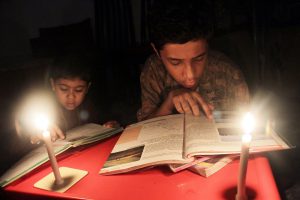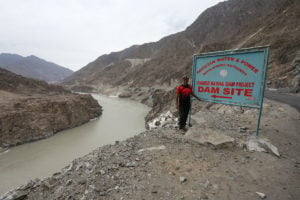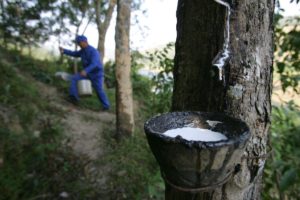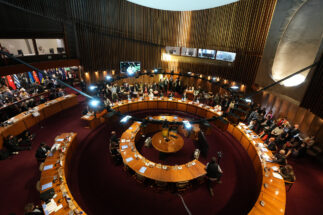After weeks of uncertainty, Imran Khan was ousted as Pakistan’s prime minister and Shehbaz Sharif sworn in as the 23rd premier of the country. The big question now is will the policies, initiatives and changes spearheaded by Khan – especially on the future of Pakistan’s energy – be cut short, or will they continue?
Khan’s Pakistan Tehreek-e-Insaf (PTI)-led government was credited with bringing to the fore the issues of climate change, water conservation and the environment. It repeatedly highlighted its Ten Billion Trees Tsunami Programme (TBTTP). At the same time, the government continued projects under the controversial China-Pakistan Economic Corridor (CPEC), many of them far from environmentally friendly.
On 12 April 2022, a day after the new government took over, The Third Pole hosted a panel discussion on what the future may hold for energy in Pakistan. Here are edited excerpts from that conversation.
‘I am very confident that the good work will continue’
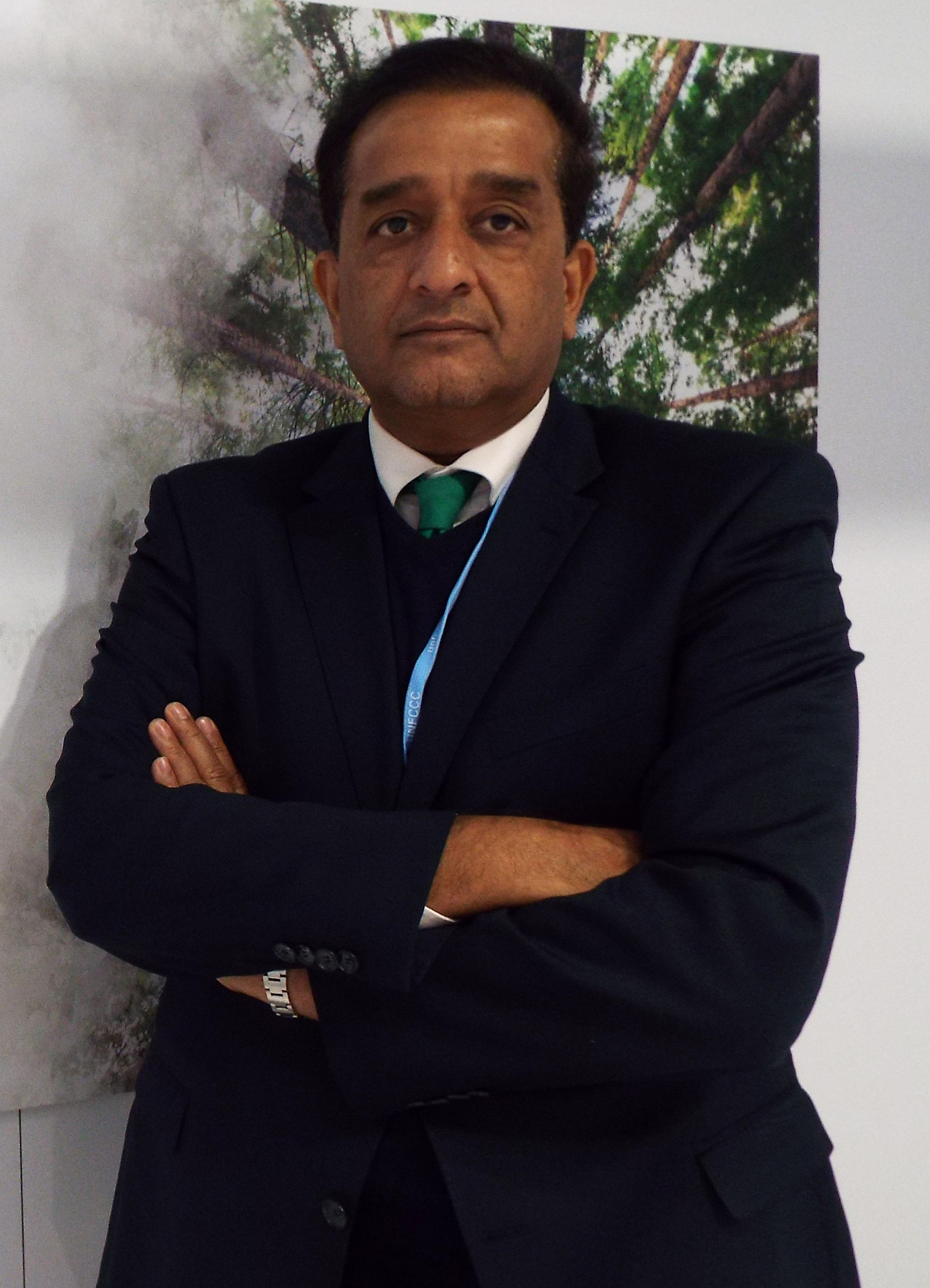
Pakistan is in the eye of the storm as far as climate change is concerned. The direction we set our government in was in line with this situation. We set out some parameters so that in the future Pakistan will not be part of the problem but try to become part of the global solution. One prong was to shift Pakistan towards reliance on clean energy. The second prong was based on making nature an ally in Pakistan’s development paradigm. The third initiative that we put in place is called “Recharge Pakistan” which uses flood waters to recharge our degraded wetlands and the groundwater aquifers, rather than let them be wasted.
All these initiatives are essential for Pakistan, and slowing down, or changing direction, will not only have heavy ecological but also social and economic consequences for Pakistan. I am very confident that the good work will continue.
The main question is the funding for the future of Pakistan’s energy and environment. Our government had global appeal. The United Nations Environment Programme (UNEP) named Pakistan a global ‘Forestry Champion’, and the World Economic Forum (WEF) declared Pakistan a Champion for Nature. We had put forward a very clear climate-compatible vision, and that was attracting funds. The World Bank gave us USD 120 million during the Covid-19 era when we announced our “Green Stimulus Programme” which could help generate jobs for people. We were now in the last leg of that spending. Another example is the World Bank reaching out with the world’s first nature policy-based lending programme; 90% of that work has been done and within the next four months we would have gotten about a billion dollars linked [to] targets set for the vision of the future of Pakistan’s clean energy.
My only concern now relates to coal projects. The previous regime of Pakistan Muslim League-Nawaz (PML-N) pushed imported coal projects that we stalled and announced that we would not do any more of those. Two of those projects of 2,400 megawatts which were almost signed off were cancelled and replaced by hydro projects. China was very receptive and did it immediately because in their own country they have also made that shift. I hope that coal plants are not pushed again. It would be going against not just Pakistan’s own ecological and climate-compatible development but also against the direction that the world is taking.
We changed CPEC from being very coal-centric to shifting it towards hydro development; I hope that direction stays because we want it to be a green CPEC. The direction that we had set was that 50% of it was large hydro. While large hydro does have its own environmental consequences, when you do the cost-benefit analysis compared to coal or imported coal, it comes out the clear winner. So, we had decided that we are going to go the large hydro pathway for a future in which Pakistan maximises zero-carbon energy.
The rest of the 50% was supposed to come from other renewable sources like wind, solar and small micro hydro projects. 1,200 megawatts of wind power projects were approved about a year back and they’re all in different stages of development along the southern coastline. As for solar, the net metering process got started and home solar has taken off. I was against the taxation that was put on solar due to the IMF conditionality. I had been promised that that would be rolled back in the next budget.
What is required in Pakistan is a charter of environment signed by all political partiesMalik Amin Aslam, former minister for climate change
The other issue is the capacity to utilise funds in a quick manner and that is where I foresee the problem will be when we go into this new government because – unless funds get utilised with the same momentum and pace – it would send out muted indicators to the global stage.
What is required in Pakistan is a charter of environment signed by all political parties; I think it is doable because there is a consensus in that direction. This will enable environmental policies and climate change policies to transcend election cycles.
‘All governments have pursued a similar future for Pakistan’s energy’
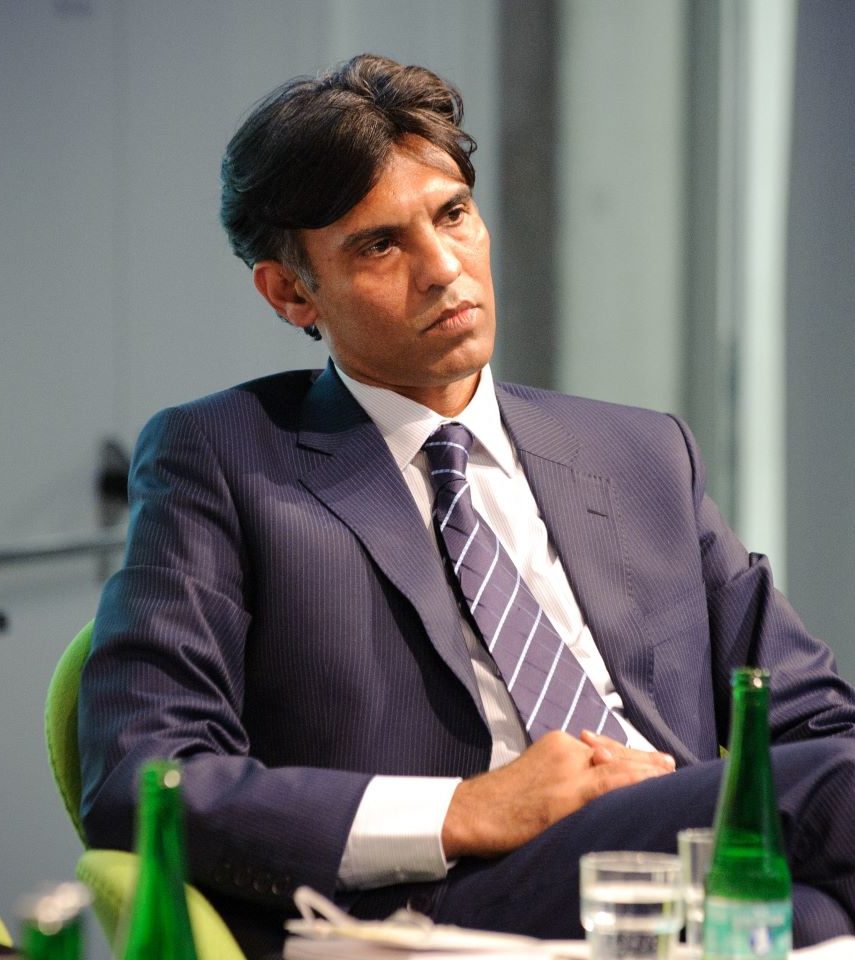
When it comes to the question of the new government and how it would be tackling the climate change policy – whether it will continue with the existing initiatives or amend them – experience and history say there may be a change in nomenclature or semantics, but the spirit remains the same. For example, for the flagship afforestation programme (TBTTP) of the previous government there may be a new name, but I don’t see afforestation being removed from the new government’s agenda. Similarly, I foresee the pledge to move almost 60% of the future of Pakistan’s energy mix to renewables by the year 2030 will continue, not just because of the government’s love for green energy but also because fossil fuels are becoming expensive, and with the Russia-Ukraine conflict one knows that importing expensive crude would become difficult for any oil-importing government in developing countries. That would facilitate switching to renewables, solar and hydel.
I foresee that the new government will also pursue construction of dams that the previous government initiated. Some of the projects which PML-N initiated in its last years of government were picked up by the PTI government, and now when the Pakistan Democratic Alliance’s (PDM) coalition government is in power, they are likely to follow this path for the future of Pakistan’s energy.
Before Covid-19, much of the social sector was ignored not only in Pakistan but in most developing countries, which were mostly focusing on brick-and-mortar projects. Health, education, environment and climate change were not given due priority. Due to the pandemic, realisation grew in Pakistan and other developing countries that these sectors cannot be ignored anymore. The bad news is that in countries like Pakistan where we have a federal government, environment, forestry and agriculture are provincial subjects, and the capacity of governance is not homogeneous. This is a chronic challenge.
Joint monitoring and sharing of data are extremely importantAbid Qaiyum Suleri, Sustainable Development Policy Institute
South Asian countries – not only Pakistan – are vulnerable to the impacts of climate change due to their location in a hot and humid region with low average precipitation. Monsoons are shrinking, and monsoon-based economies depending on perennial irrigation are suffering. We have opportunities for regional collaboration on issues like glacier melting. Himalayan glaciers are a common resource for countries like Pakistan, India, Nepal and Bhutan. Joint monitoring and sharing of data are extremely important, especially in the context of transboundary floods, and air quality data as well as crop burning data because of smog.
Exchange of best practices concerning disaster management is important too. There is much scope for cooperation in renewable energy especially solar and wind energy and water use efficiency. The inter-governmental organisation South Asia Cooperative Environment Programme (SACEP) which was established by Economic and Social Commission for Asia and the Pacific (ESCAP) has a lot of potential and can perhaps be revived and strengthened.
‘We need to look at things in a regional context’

Environment is something that cannot be broken into blocks of an electoral cycle or even countries’ borders. We need to look at things in a regional context. We see the threats that as global south we are facing socially as well in the context of climate change. Many of Pakistan’s issues are transboundary. The water issue is transboundary. Smog that we experience, and which India also experiences, in winters is a shared problem which will require shared solutions. Going forward I am hoping that the governments of both countries – maybe in the spirit of this cordiality of wishing the new incumbents well – will look at shared solutions.
As for the new government that has taken over and the future of climate change policies and projects, I do not foresee major shake-ups. There may be slight tweaks which are acceptable as long as it is not the sledgehammer approach which demolishes whatever has been done in the past. I do not think that’s going to happen because we must remember that the National Policy of Climate Change was approved in 2012 before this outgoing government was in power. Basically, our governments have been building up, have been strengthening, and have been tweaking things as different realities are unfolding before us. I don’t foresee a major upending of the trajectory of the future of Pakistan’s energy. We will see a building up of the foundation that was laid out by the earlier governments on which the previous government built. Projects cannot be scrapped just because the government is not there; these are Pakistan’s projects. Irrespective of whoever comes, I don’t think that Pakistan is in a position to actually drop any of those projects.
We hope that the new government will take up the commitments that we were not able to meet, like our commitment to have 10% of our coastal area declared as marine-protected by 2020Afia Salam, environmental journalist
While we do have the capacity for building hydro in Pakistan, I hope they will not be very big ones, because as an environmentalist who lives in a coastal city, I have seen first-hand the downstream negative impacts of large hydro projects. We hope that the new government will take up the commitments that have not been met, like our commitment to have 10% of our coastal area declared as marine-protected by 2020. We missed that target. Hopefully the new government will accelerate its progress.
About CPEC, the country responsible for CPEC, which is China, has itself stated the aim of building an ecological civilisation because they themselves want to move away from that tag of being the polluters or even exporting polluting technologies. Pakistan should leverage its own aims and demand a green CPEC.


